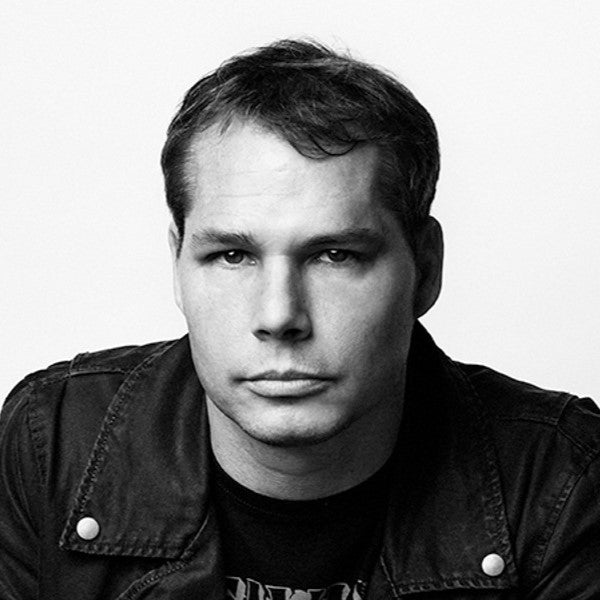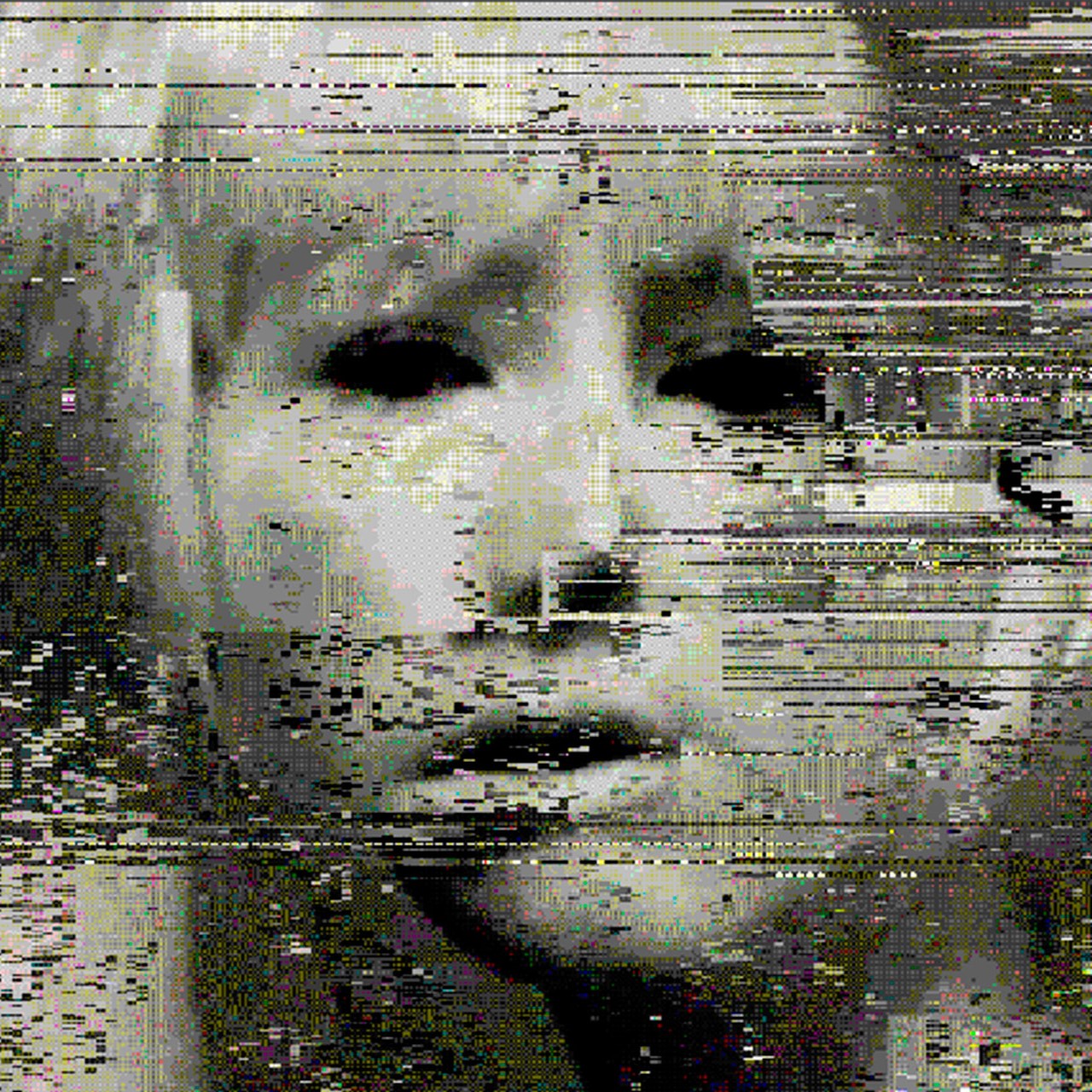Introduction
Daniel Lopatin, known as Oneohtrix Point Never, is credited with pioneering the vaporwave movement—a genre that combines digital art, nostalgia, and surrealism. His music and aesthetic captured the digital culture of the 2000s, blending glitch effects and retro-futuristic visuals that defined the vaporwave look. Here’s how Lopatin used music and visuals to create a style that remains influential in art and internet culture.
From Experimental Music to a Cultural Movement
Lopatin’s music is a mix of experimental electronic sounds, often created by manipulating samples of old commercials, video games, and elevator music. His 2010 album Ecco Jams Vol. 1 is considered one of the first vaporwave releases, setting the tone for the genre with its distorted, slow-paced tracks and glitchy visuals.

Lopatin’s soundscapes evoke a sense of nostalgia for the early days of the internet, capturing the eerie familiarity of digital spaces. This aesthetic resonated with listeners and visual artists alike, who embraced vaporwave as a way to explore themes of consumerism, technology, and memory.
The Aesthetic of Vaporwave: Glitch, Neon, and Nostalgia
Vaporwave visuals often feature neon colors, glitch effects, Greek statues, and 80s/90s computer graphics. Lopatin’s music videos and album art capture this look, combining distorted images of sunsets, Windows 95 interfaces, and dreamlike landscapes. This digital aesthetic became emblematic of vaporwave, a style that feels both nostalgic and unsettling.



Vaporwave’s popularity extended beyond music, influencing visual artists, meme culture, and even fashion. Lopatin’s work inspired a generation to experiment with retro aesthetics and explore the complexities of digital life, blurring the lines between music, art, and internet culture.
The Architect of Vaporwave
Lopatin is known for his intense dedication to his art, often spending hours manipulating samples to create the perfect atmosphere. A fun fact? He’s fascinated by the concept of “future shock,” a term coined by writer Alvin Toffler to describe the disorienting effect of rapid technological change. This concept is a recurring theme in his work, as he explores how technology shapes our perception of reality.
Lopatin also collaborates with filmmakers and visual artists, bringing his unique soundscapes to films and art installations. His work continues to push boundaries, making him a respected figure in both music and visual art.

Vaporwave and Beyond
Daniel Lopatin’s impact on vaporwave extends far beyond his music, inspiring an entire subculture of digital art. His work reminds us of the power of nostalgia and the strange beauty of digital imperfections. For those who love retro-futuristic visuals and glitchy sounds, Lopatin’s legacy is a celebration of digital life in all its surreal, nostalgic glory.

Daniel Lopatin’s Enduring Impact on Digital Art
Daniel Lopatin’s work is more than music; it’s a journey into the strange, nostalgic corners of digital culture. His influence on vaporwave reminds us that art can be a reflection of our relationship with technology. For fans of experimental art, Lopatin’s legacy is an invitation to explore the surreal beauty of the digital world.
____________
This article is part of our Innovator Spotlight series, dedicated to highlighting the biggest influences in artistic creation. Meet the other architects who helped shaped the childhoods of the 80s, 90s, and Y2K beyond:

























